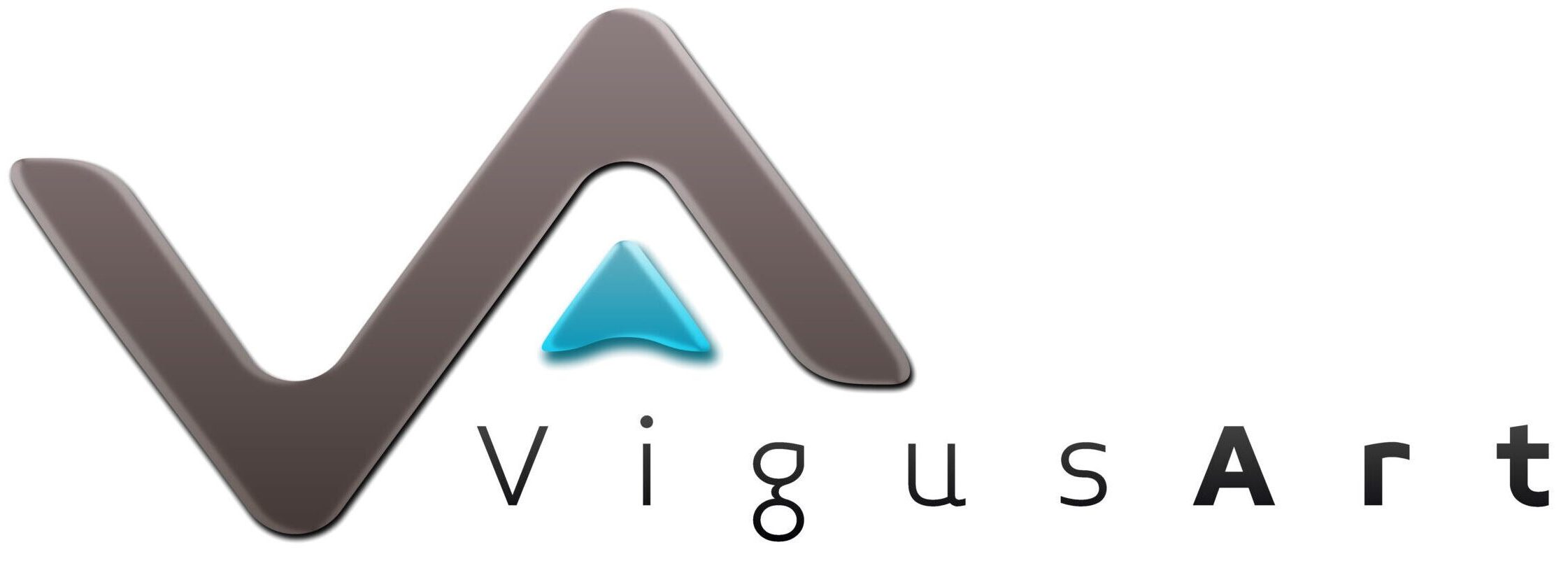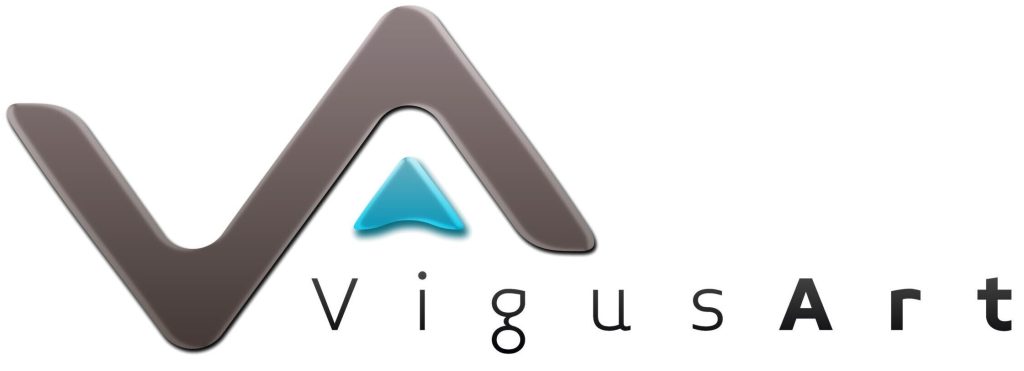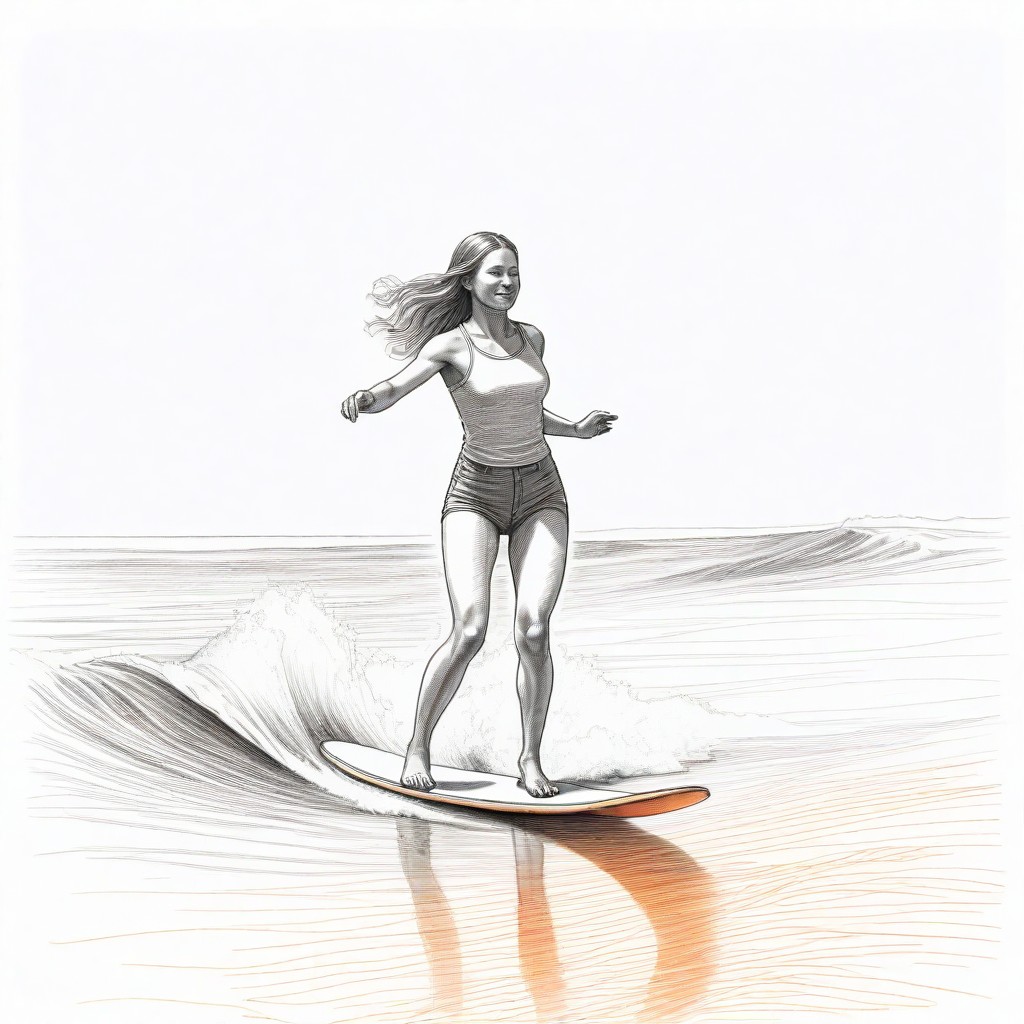

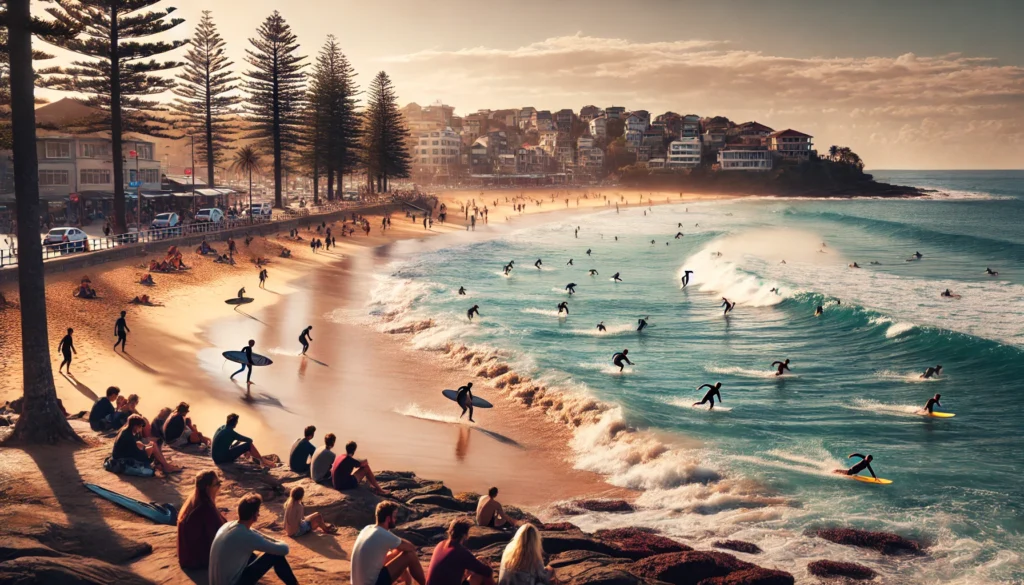
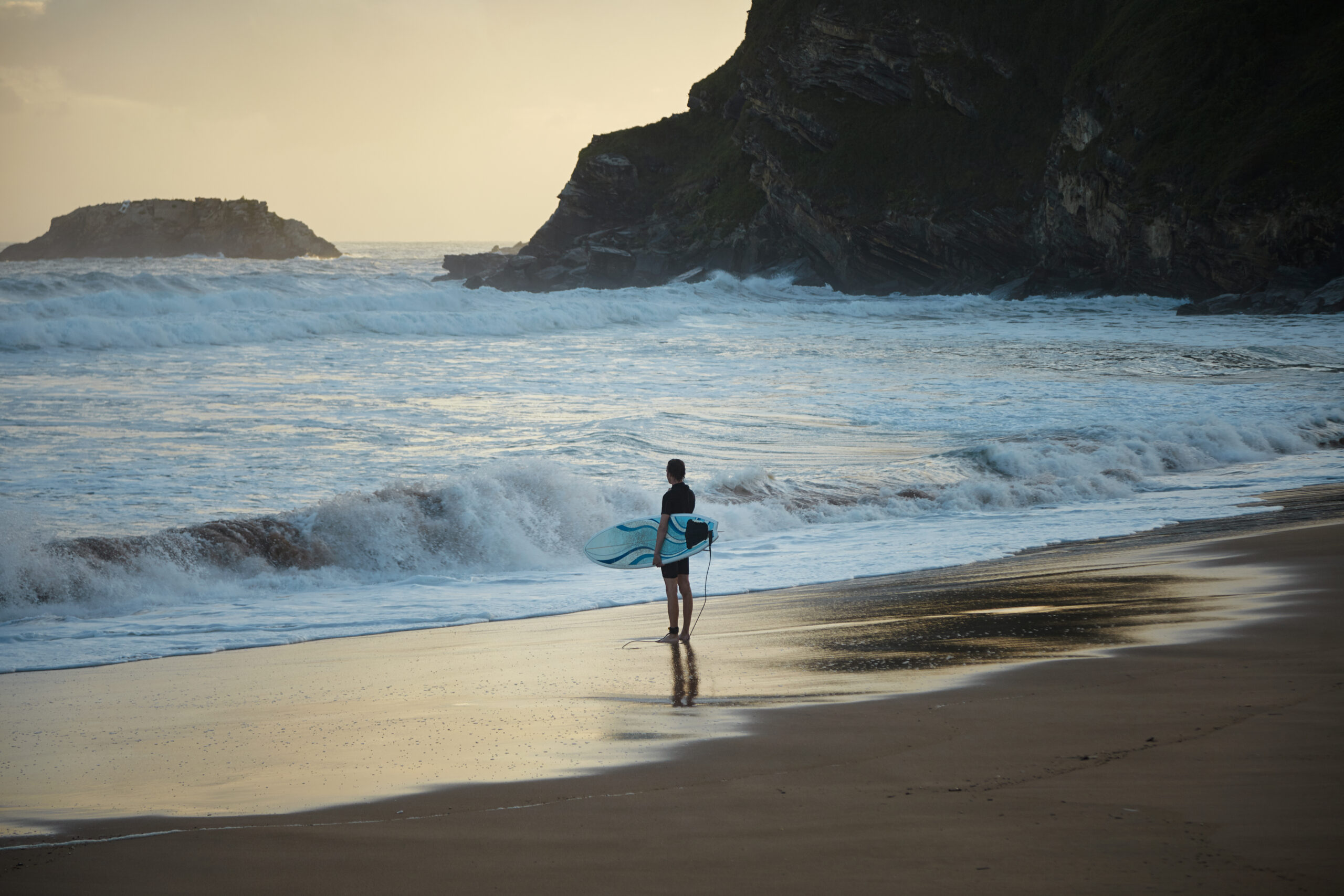
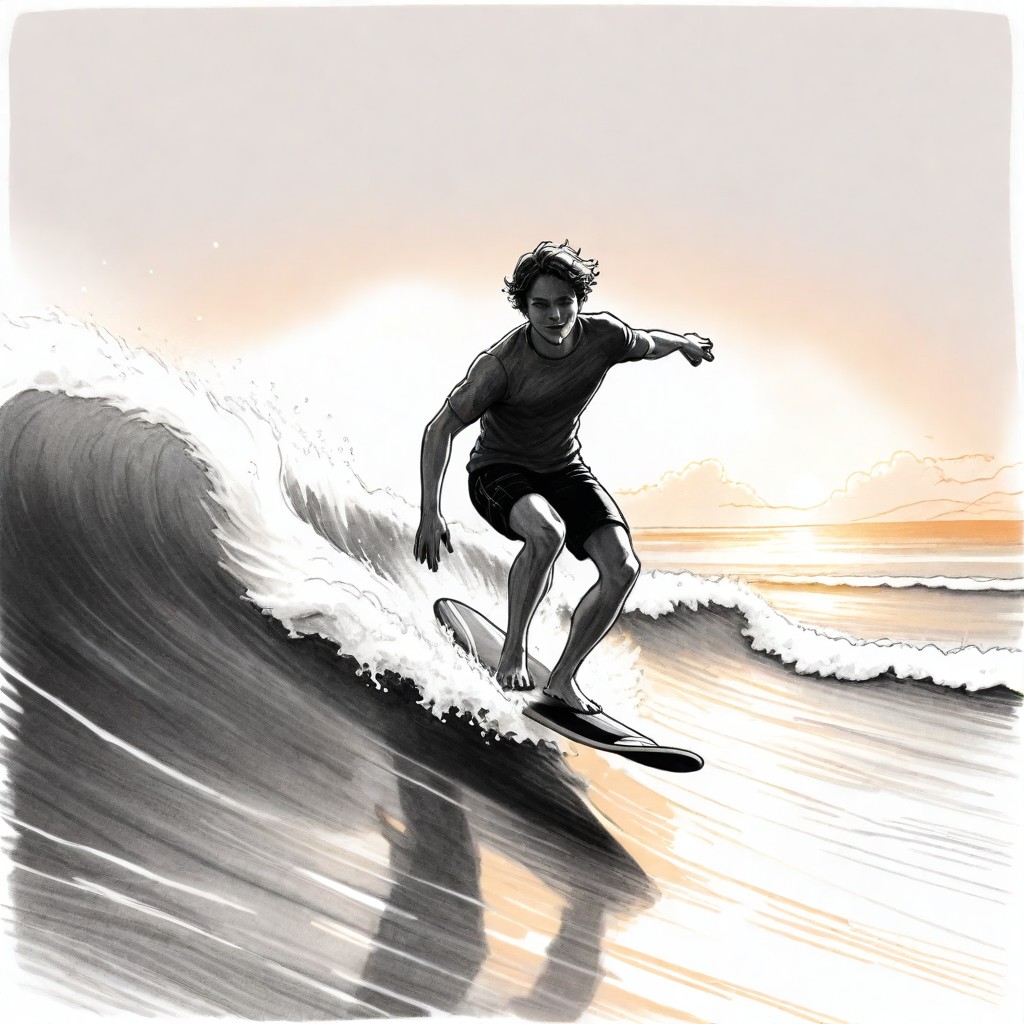

Australia:
Australia is known for its diverse coastline and strong surf culture, making it a popular destination for surfers of all levels. The country offers a wide range of surf spots, from beginner-friendly beaches to challenging breaks for more experienced surfers. Below are some of the locations I’ve visited during my time in Australia.
Queensland
Sunshine Coast
Noosa is a beautiful town and a popular surfing destination located on the north Sunshine Coast of Queensland. Noosa Heads is the center of a link of bays and beaches.
Main Beach & First Point: Nestled in the heart of Noosa, these spots are ideal for surfers of all levels. Main Beach features a fairly consistent beach break, while First Point offers a sand/rocky point break best at low tide. These spots are often crowded.
Johnsons: A notch above First Point in terms of size and speed, Johnsons is the spot to be when experienced surfers miss the fast section at the nearby National Park. It allows you to catch the wave and ride it right through Johnsons.
Boiling Pot, Tea Tree & Granite: Located further out, I haven’t surfed these spots, but they possibly present more challenging waves.
Sunshine Beach: Located on the other side of Noosa National Park, this open beach often have large waves with rip breaks, and heavy peaks, providing a thrilling surfing experience. The northern corner offer shelter from the summer nor’easterly winds, making it a preferred spot.
From Sunshine Beach, the coastline features several open beaches with conditions similar to Sunshine Beach. These include Castaway, Marcus, Perigian, Coolum, Yaroomba, and Mudjimba Beach.
South of Mudjimba, across the Maroochy River, lies Maroochydore, with Maroochydore Beach stretching down to Alexandra Headland. This area boasts pleasant beach breaks and a point break at the end. Together with Mooloolaba, which has fun but often dumping waves, this region offers a relaxed atmosphere and plenty of surf to enjoy
Traveling further south, you’ll find several open beaches until you reach Caloundra. Caloundra is also a pleasant town with a variety of great surf beaches suitable for different wind directions. Among them are Ann Street, Dicky, Moffat, Shelly, and Kings Beach. I’ve spent most of my time at Moffat and Kings Beach, both of which offer really exciting waves.
The Sunshine Coast is a fantastic destination for surfers, offering a variety of conditions and breaks across its many beaches. Even on flat days, there’s plenty to do, from exploring the Sunshine Coast Hinterland to relaxing in its laid-back towns. It’s a place I’ve always enjoyed visiting, and I’d highly recommend it to anyone looking to combine surfing with a touch of adventure.
Brisbane and the Islands
Just outside Queensland’s capital, Brisbane, lie a few sand islands rumored to offer some stellar waves without the usual crowd. However, these spots come with a catch – we’re talking about our finned friends. While I’ve heard tales of epic sessions out there, the thought of sharing waves with our toothy neighbors has kept me away.
Gold Coast
The Gold Coast is a surfer’s paradise, boasting some of the best waves in Australia. Here’s a rundown of my favorite spots along this legendary stretch of coastline:
The Spit: Located at the northern end of the Gold Coast, The Spit offers consistently good waves suitable for surfers of all levels. What makes it special is the usually uncrowded lineup, allowing for a relaxed and enjoyable surf session.
Surfers Paradise: Despite its name, Surfers Paradise is more than just a tourist hotspot – it’s also home to some epic waves. When conditions are right, you’ll find small but fun waves breaking over sandbanks, perfect for a laid-back surf. However, when the waves grow large, they often pound the outside banks in massive closeouts. Watch out.
Burleigh Heads: For those seeking a bit more challenge, Burleigh Heads delivers with its powerful waves and consistent swell, attracting experienced surfers.
Greenmount and Rainbow Bay: Located in Coolangatta, Greenmount and Rainbow Bay offer a beautiful backdrop for a day of surfing. These spots are great for beginners, with often gentle waves that are perfect for refining your skills.
New South Wales
Byron Bay Three of my favorite surf spots in Byron Bay are The Wreck, The Pass, and Wategos Beach. This coastal town has a laid-back vibe, beautiful beaches, and rich surf culture. The Wreck, situated at the remains of the SS Wollongbar, benefits from a distinctive sandbar created by the submerged ship, resulting in consistent, fun waves suitable for all skill levels. It offers both left and right-handers, although the spot can get crowded. Not far from The Wreck, The Pass features a right-hand point break with a long, peeling wave ideal for longboarders, busy during peak seasons but compensated by its mellow vibe. Around the corner lies Wategos Beach, with its gentle, rolling waves, catering to longboarders and novice surfers alike.
Yamba I spent a day in Yamba, around 100 km south of Byron Bay, surfing at Pippi Beach, just south of Yamba Point. Locals say Pippies works best in small to medium swells. The northern corner offers some protection from nor’easters, suitable for all levels of surfers. A short drive from Yamba is Angourie, one of the classic surf spots in the world.
Coffs Harbour
Located midway between Sydney and Brisbane, Coffs Harbour hosts several noteworthy surf locations. Diggers Beach is a local favorite, though it was packed during my visit. It features a beach break that delivered fun waves. Macauleys Beach, just south of Diggers, provides a long left off the headland. The consistent break offers surfable waves at all tide stages, perfect for beginners or the more seasoned board rider. Macauleys extends down to Park Beach, which delivered fun, peaky beach breaks.
Sydney’s Northern Beaches Over the years, I’ve surfed the Northern Beaches of Sydney, including Palm Beach, Avalon Beach, Newport Beach, Mona Vale, Dee Why, and Curl Curl.
Palm Beach, the northernmost beach of Sydney, is popular not only for its scenic surroundings but also for its good surf. For beginners, the south corner, known as Kiddies Corner, is perfect, offering a gentle sloping wave, sandy bottom, and easy access. However, be aware that there is nearly always a rip in the corner.
Whale Beach, somewhat more secluded than Palm Beach, is a beautiful spot to surf, nestled between two headlands and tends to have fewer crowds. The surf can be quite consistent here, with a mix of fun beach breaks and more advanced sections at The Wedge.
Avalon Beach, a spot that provides consistent surf with various peaks along the beach. North Avalon produces nice left-handers and can hold up to big, even huge waves. Little Avalon creates perfect barrels on big days, but is recommended only for experienced surfers as it breaks over a shallow rock ledge.
Bilgola Beach, one of the most beautiful beaches in Sydney, features an ideal spot for learners at its north end, where small waves are protected from nor’easters.
Newport Beach is home to Newport Reef, where even novice surfers like myself can ride big waves. The spot includes an easy take-off, but caution is needed due to large rocks at the shore break.
Mona Vale Beach, specifically at the northern end beside the swimming pool, features a fantastic left break over a mix of reef and sand. On smaller days, you’ll find peaky left and right waves extending all the way to the southern end of the beach. Notably, the area down the cliff in front of the hospital is a particularly good spot.
North Narrabeen Beach tends to be a spot more suited for experienced surfers. There’s a fast-moving rip in the northern corner—caution advised. The southern end, Collaroy, is much friendlier. Its gently sloping bottom creates manageable waves in most conditions, making it an ideal learning spot.
Curl Curl is ideally protected from nor’easters, offering fun waves even on smaller days. The middle of the beach, although more exposed to the wind, still provides good conditions during offshore winds. Surfing here caters to various skill levels, but can become more challenging on big surf days.
Manly Beach stretches over a kilometer, allowing for several surf breaks along its length. In my opinion, it works best at high tide and when the sandbanks are in good condition. The southern end, known as South Steyne, generally provides great surf. Fairy Bower, a point break, is mostly for experienced surfers.
Bondi Beach The north end of the beach offers gentler waves and is well protected, making it a popular choice for those just finding their footing in the surf. However, South Bondi can provide some excellent beach breaks for more experienced surfers.
Garie Beach, located south of Sydney within the Royal National Park, offers both beach and reef breaks. The northern end of the beach serves up an excellent left-hand wave, which peels across a combination of sandy and reef bottoms. The rest of the beach is mostly sandy, except for a rocky shelf at the southern end, which produces some fun, smaller waves. It’s a slightly lesser-known surf spot that’s worth exploring if you’re in the area.
Victoria
The Torquay Coast
Thirteenth Beach stretches almost continuously from the rocks at Barwon Heads to Torquay in the west, offering an extensive coastline that caters to various skill levels, depending on the day’s conditions.
Spanning several kilometers, this beach boasts numerous peaks, often less crowded than other popular surf spots. On a good day, you can find great surf here with plenty of room to maneuver.
Torquay Beach features sand-covered reefs that produce both left and right waves along its length. Additionally, a slow right-hander breaks off the point, adding variety for surfers of all skill levels. However, this beach town is not just about the waves. Torquay is the birthplace of iconic surf brands such as Rip Curl and Quiksilver, both of which originated here. Moreover, the Surf World Museum offers an insightful exploration into the rich surfing history and culture of the region, making it a must-visit for every surf enthusiast.
Jan Juc offers a dynamic surfing environment with its shifting sandbars that determine the wave quality. A popular spot for catching waves is in front of the golf course and car park, where conditions are often excellent. On smaller days, the beach can get crowded, but the quality of the surf makes it definitely worth visiting.
Bells Beach is perhaps one of the most iconic surf spots in the world, situated near Torquay on the Great Ocean Road. It’s renowned for its powerful swells and the annual Rip Curl Pro Surfing Competition.
The beach features a sandy bottom with reef sections that produce long, formidable waves. When the swell, tide, and wind align perfectly, Bells can generate some of the most awe-inspiring waves in the world.
Surfing at Bells is generally more suited for intermediate to advanced surfers, given the power of the waves and the skills required to navigate the lineup. However, on small days at high tide, even those who aren’t pros can paddle out. Respect for other surfers is key, though.
Bells Beach deserves respect not only for its surfing heritage but also for the quality of its waves, making it a bucket-list destination for any passionate surfer.
